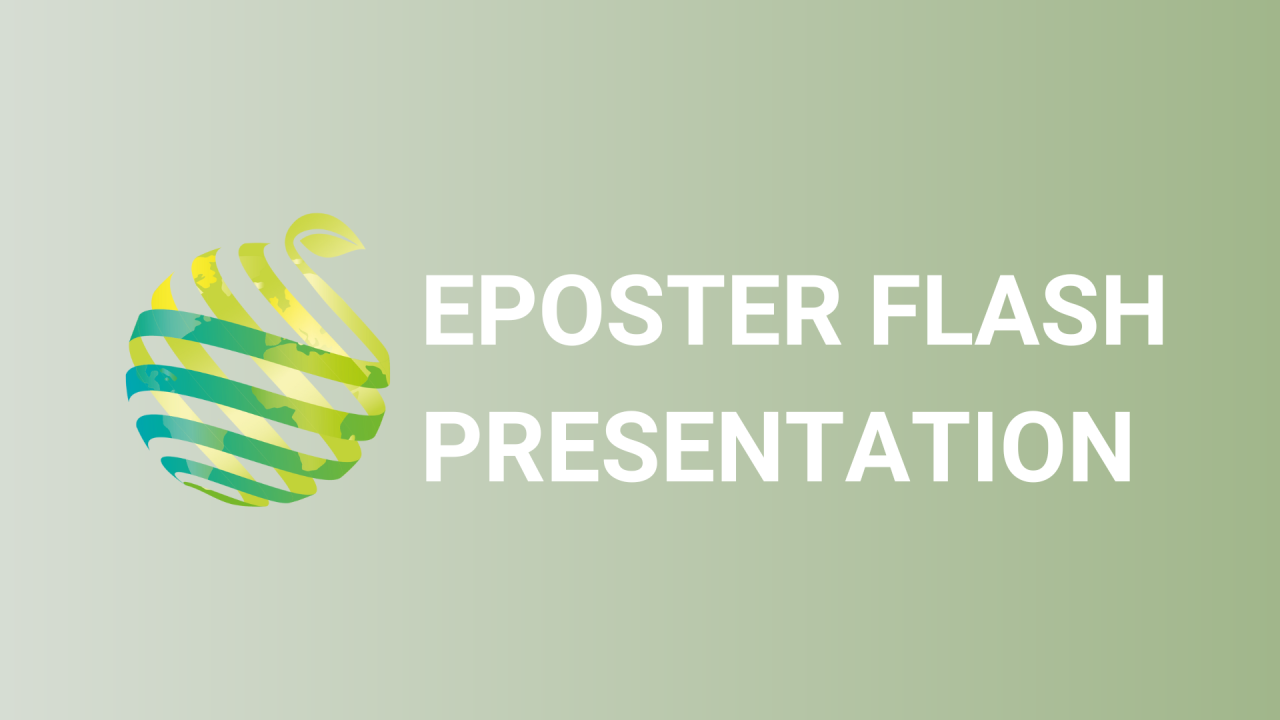

S25 - Session P3 - Preliminary study of encapsulation in silk fibroin nanoparticles of phenolic compounds from Salvia lavandulifolia Vahl. distillation residues
Information
Authors: Antonio Abel Lozano-Pérez, Gustavo Javier Cáceres-Cevallos, Cristina Martínez-Conesa, María Quílez Simón, Cliona Power, Jose Luis Cenis, Maria J. Jordán *
Salvia lavandulifolia Vahl. is an aromatic and medicinal plant native to the western Mediterranean basin. Its commercial interest mainly focuses on extraction of its essential oil, although it is well known that its distillation residues are a source of phenolic components with many biological properties. One of the main obstacles in the use of these phenolic components is their lack of stability against external potential oxidants. To solve this problem, we propose their encapsulation in the silk fibroin nanoparticles (SFN) for its capacity to act as a bioactive carrier and stabilizer of molecules. Thus, the main objective of this work was to determine the most suitable ratio among silk fibroin nanoparticles (SFN) and the hydro soluble sage extract (HSE) in order to optimize the encapsulation efficiency (EE%) and the drug loading content (DLC). For this, four different ratios were tested: 1:2, 1:4, 1:8 and 1:16 of HSE/SFN (w/w). The loaded nanoparticles were characterized in terms of size (Z average ), Polydispersity, Z-potential (z), secondary structure of the protein, EE% and DLC. Main results showed that the hydrodynamic diameter (Z average ) of the loaded nanoparticles increased slightly from 143.8 to 152.8 nm, the Polydispersity varied among 0.124 and 0.135 and the z shifted from -27.7 to -31.7 mV when the loading of polyphenols increased. The secondary structure of the silk fibroin in the nanoparticles was not affected by the incubation and loading, remaining mainly in beta sheet configuration. It was also confirmed the presence of salvianic acid, rosmarinic acid, luteolin7-O-glucoronide and apigenin-7-O-glucoronide as the major components retained by the SFN. Values of EE% (0.7-1.9%; 7-24%; 11.2-22.5% and 16.5-26.5% respectively) and DLC (0.01-0.04 mg/g; 0.62-1.48 mg/g; 0.20-0.80 mg/g; 0.05-0.27mg/g respectively) pointed to an optimized ratio 1:2 (HSE/SFN).